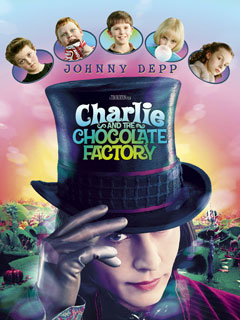US Food Safety and Inspection Service is co-hosting a public meeting on non-O157 E. coli tomorrow.
FSIS’s press release from October states: "Currently only one strain, E. coli O157:H7 is considered an adulterant in meat. The CDC has reported an increase in the number of non-O157:H7 Shiga toxin-producing E. coli (STEC) infections from 2000 to 2005. Outbreaks from these organisms have been reported in the U.S. since 1990, and foodborne exposures have been suspected in many of these outbreaks.
The purpose of the meeting is to solicit input from academia, consumers, other public health and regulatory agencies and industry on the issue of whether non-O157:H7 STECs should be considered to be adulterants as E. coli O157:H7."
This meeting strikes me as a cool thing — publicly discussing whether to increase the adulterant list in an open and transparent way. This meeting has led to us to pull together a selection of non-O157 outbreaks (not just the STEC ones), which can be found below, and the USDA has posted a table of 13 non-O157 STEC outbreaks (page 40), which we have reproduced below.
Wonder how the conagra pot-pie outbreak recall/non-recall would have played out had strains of Salmonella been declared adulterants, or if the Topps outbreak driven recall would have changed if E. coli O157:H7 wasn’t an adulterant.
For barfblog readers in the D.C. area the public meeting will be held on Wednesday, Oct. 17, 2007, from 8:30 a.m. to 3:30 p.m., at the George Mason University Arlington campus, 3401 N. Fairfax Drive, Room 244, Arlington, Va., 22201.



 Reuters
Reuters

